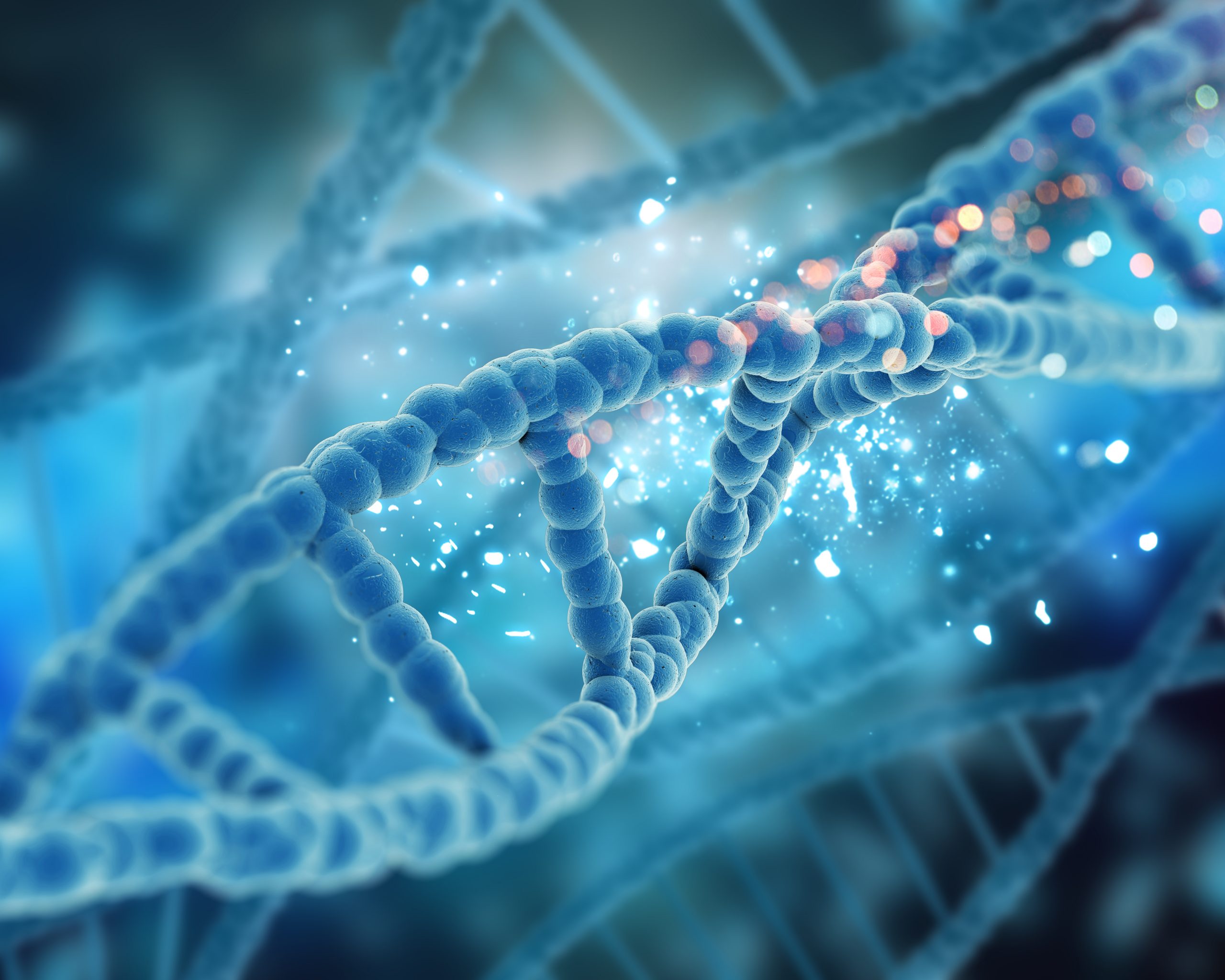

Toxins, radiation, and even regular cell division can harm DNA, but human cells must constantly repair DNA breaks in order to survive. Changes (mutations) can take place in cells that are unable to adequately repair DNA, which can result in cancer.
The majority of cells rely on a process called homologous recombination, or HR, which requires the BRCA1 and BRCA2 proteins to accurately repair damaged DNA. However, individuals with a faulty BRCA gene frequently develop breast and ovarian malignancies. More recently, it has been discovered that BRCA mutations and associated HR issues also occur in pancreatic and prostate cancer.
Since these malignancies are more susceptible to targeted therapies that damage their DNA, it has been a priority in the field to identify patients with “HR-deficient” cancers. Standard lab tests seek for “scars” in the DNA of cancer cells, which develop when sloppy, back-up repair processes are used instead of HR to create specific mutation patterns, in order to identify people with HR deficiency.
Researchers have been perplexed by the subtlety of the scars discovered in HR-deficient tumors, despite the fact that proper scar detection enables more individualized treatment. These scars cause very minute errors in the DNA sequence that are invisible to the naked eye. But when seen under a microscope, considerably bigger DNA structures termed chromosomes exhibit remarkable structural rearrangements in HR-deficient cells.
The Perlmutter Cancer Center at NYU Langone Health and Memorial Sloan Kettering Cancer Center (MSKCC)’s Marcin Imieliski, MD, PhD, and Simon Powell, MD, PhD, applied “genome graph” techniques developed in Imieliski’s lab to detect significant structural DNA alterations that rearrange, copy, and delete sizable portions of chromosomes to address this paradox.
Their study, which was also 100 times longer than those typically measured in cancer investigations, was published online on August 16 in the journal Nature.
With the aid of these techniques, the research team discovered “reciprocal pairs,” a novel scar type connected to HR deficit. The study team demonstrated through the analysis of thousands of cancer genomes that when HR fails, reciprocal pair scars produce unique chromosomal abnormalities that can be observed under a microscope and that help to better understand the biology of HR-deficient cells.
“The long molecules tell us that these scars come from two backup repair mechanisms—homology-independent replication restart and single strand annealing—that may keep HR-deficient cancer cells alive,” says Imieliński, director of Cancer Genomics at Perlmutter Cancer Center, and an attending pathologist at NYU Langone. “Blocking the mechanisms may represent new ways to treat these cancers.”
The authors of the study point out that while whole genome sequencing (WGS), which is necessary for their new methods, is becoming more affordable. According to the researchers, it may soon be feasible to detect more people with HR deficiencies using their method and match them with specific medicines.
more recommended stories
 How Soybean Oil Impacts Weight Gain and Metabolism
How Soybean Oil Impacts Weight Gain and MetabolismWhy Soybean Oil May Affect Metabolism.
 New Malaria Prevention Insights From African Biostatistics
New Malaria Prevention Insights From African BiostatisticsHow New Data Is Reframing Malaria.
 Coffee and Cognitive Function: Evidence Review
Coffee and Cognitive Function: Evidence ReviewA new narrative review in Cureus.
 World Summit Outlines Core Principles for Healthy Longevity
World Summit Outlines Core Principles for Healthy LongevityWhy Healthy Longevity Demands a New.
 Colorectal Cancer Screening Rates Low in Adults 45–49
Colorectal Cancer Screening Rates Low in Adults 45–49Recent UCLA research reveals that colorectal.
 Gut Immune Cells and Long-Lasting Antiviral Protection.
Gut Immune Cells and Long-Lasting Antiviral Protection.Breakthrough Findings on How Gut Immune.
 Mild Pancreatic Duct Dilatation Signals Higher Cancer Risk
Mild Pancreatic Duct Dilatation Signals Higher Cancer RiskEarly Structural Changes Offer Critical Clues.
 How the Uterus Senses Force During Labor: New Insights
How the Uterus Senses Force During Labor: New InsightsA new study published in Science.
 Fat-Free Mass and Brain Outcomes in Preterm Babies
Fat-Free Mass and Brain Outcomes in Preterm BabiesEarly Fat-Free Mass May Hold the.
 How Hormones Shape Dopamine-Driven Learning
How Hormones Shape Dopamine-Driven LearningNYU Study on Hormones and Cognitive.

Leave a Comment